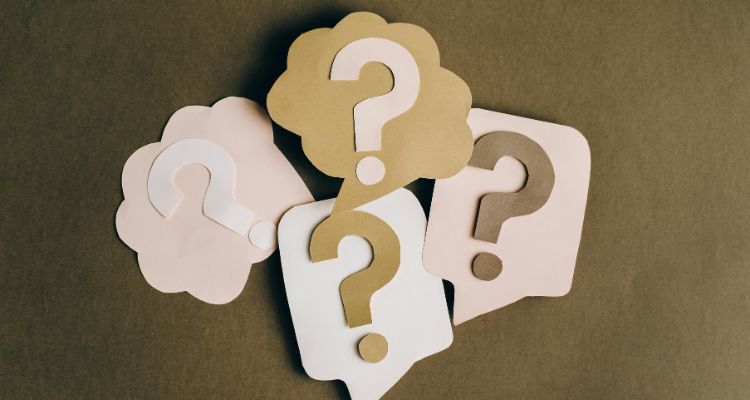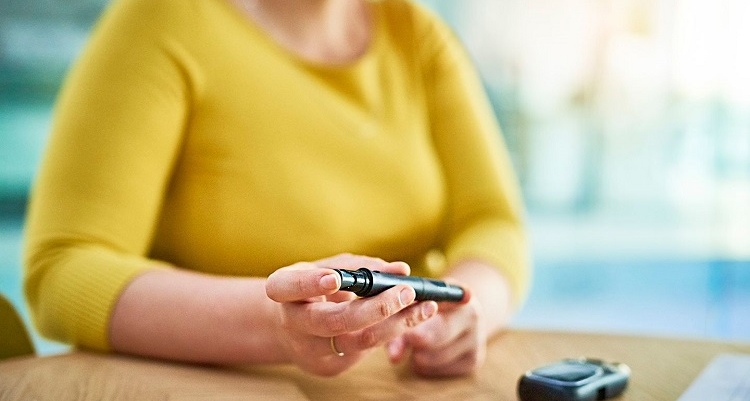For many people planning a trip out includes knowing where all the public toilets are along the way. You never know when you might need to use one. Luckily there is an app (Toilet Map app) just for that.
The National Public Toilet Map shows the location, accessibility and opening hours of more than 19,000 toilet facilities across Australia.
Urinary incontinence (accidental leakage of urine) is a common condition that can be uncontrollable and embarrassing. There are many causes, but also options for managing both the condition and the impact it has on your or your loved one’s life.
Some quick facts from the Continence Foundation of Australia
- Urinary incontinence affects up to 10% of Australian men and 38% of Australian women
- Over half of these women are 50 years plus
- 70% of people with urinary leakage do not seek advice and treatment for their problem
The 6 most common types of urinary incontinence are:
- Urge incontinence – sudden and intense urge resulting in an involuntary passing of urine, caused by your bladder incorrectly telling your brain it’s full.
- Stress incontinence – bladder leakage or near leakage from pressure caused by coughing, laughing, sneezing, or exercising.
- Mixed incontinence – a combination of urge and stress incontinence. Often caused by a weak pelvic floor and an irritable bladder.
- Functional incontinence – mental or physical impairment that keeps you from making it to the toilet in time.
- Overflow incontinence/urinary retention – the bladder doesn’t fully empty and results in frequent or constant dribbling of urine.
- Nocturia – when you wake up in the night or main sleep time and you have to pass urine.
Common causes of incontinence:
- Drinking tea and/or coffee, fizzy drinks, or alcohol
- Immobility or reduced mobility
- Poorly controlled diabetes
- Some medications and herbal products
- An overactive or irritable bladder
- An enlarged prostate or prostate surgery
- Heart, Kidney or Liver problems
- Neurological conditions such as Parkinson’s, MS or MND
- Age
- Urinary Tract Infections (UTIs)
- Prolapse of the pelvic organs
- Constipation
- Menopause
- Taking fluid tablets
- Medication to treat swollen ankles
Ways to manage incontinence
Stress and urge incontinence can be influenced by medication. Talk to your GP about your incontinence and the contributions medications can make. Bladder training and pelvic floor exercises are essential components of treatment.
Stress incontinence medication includes Oestrogens and Alpha-adrenergic
Urge or overactive bladder medications includes Anticholinergic agents, Alpha-adrenergic and Antidepressants.
There are a range of tests your medical team can organise to diagnose urinary incontinence, such as a Urinalysis and urine culture, a Bladder stress test, a Pad test, X-rays or ultrasound
There is so much professional help available for you or your loved ones through your
- General Practitioners
- Pharmacist
- Nurse Continence Specialist
- GP Practice Nurse
- Occupational Therapist
- Physio and Pilates classes
- Pelvic Health Physiotherapist
- Urologist
- Accredited Practicing Dietitian
- Gynaecologist
- Urogynaecologist
- Geriatrician
- Gastroenterologist
- Colorectal Surgeon
Aids, tips and resources for living with incontinence:
- Brands like Modibody, Posie and Bonds make absorbent undies in a range of sizes and designs for men and women. Check the absorbance before buying
- Disposable purposeful pads, nappies, pull-on style and all-in-one pads
- Stay hydrated, attempting to avoid leakage through less fluid intake is dangerous and can lead to a UTI.
- Empty your bladder before going out or doing anything strenuous
- Wear clothing that is conducive to quick access
- Have a bag ready with adult diapers, adult wipes or rinse free foam, and clean clothing
- Reusable bed pads, chair pads and pants (Kmart sell a range of affordable pads)
- Stretch pants for non-adhesive shaped pads
- Indwelling and disposable catheters and catheter valves
- Sheaths (latex and non-latex)
- Leg and night drainage bags
- Use adult wipes instead of baby wipes or use
- Rinse-free foam that can be applied to toilet paper to regularly clean the area affected and to help guard against UTI’s. This also has the advantage of being flushable.
- A toilet bidet is also useful in cleaning up incontinence messes without the need for wipes
- 5 min video – toileting and incontinence
- Continence Foundation of Australia
- The National Continence Helpline on 1800 330 066
- Funding through the Continence Aids Payment Scheme (CAPS)
Related Posts
July 7, 2025
Managing diabetes with a Home Care Package – a path to better health
Living with diabetes can feel like a…




